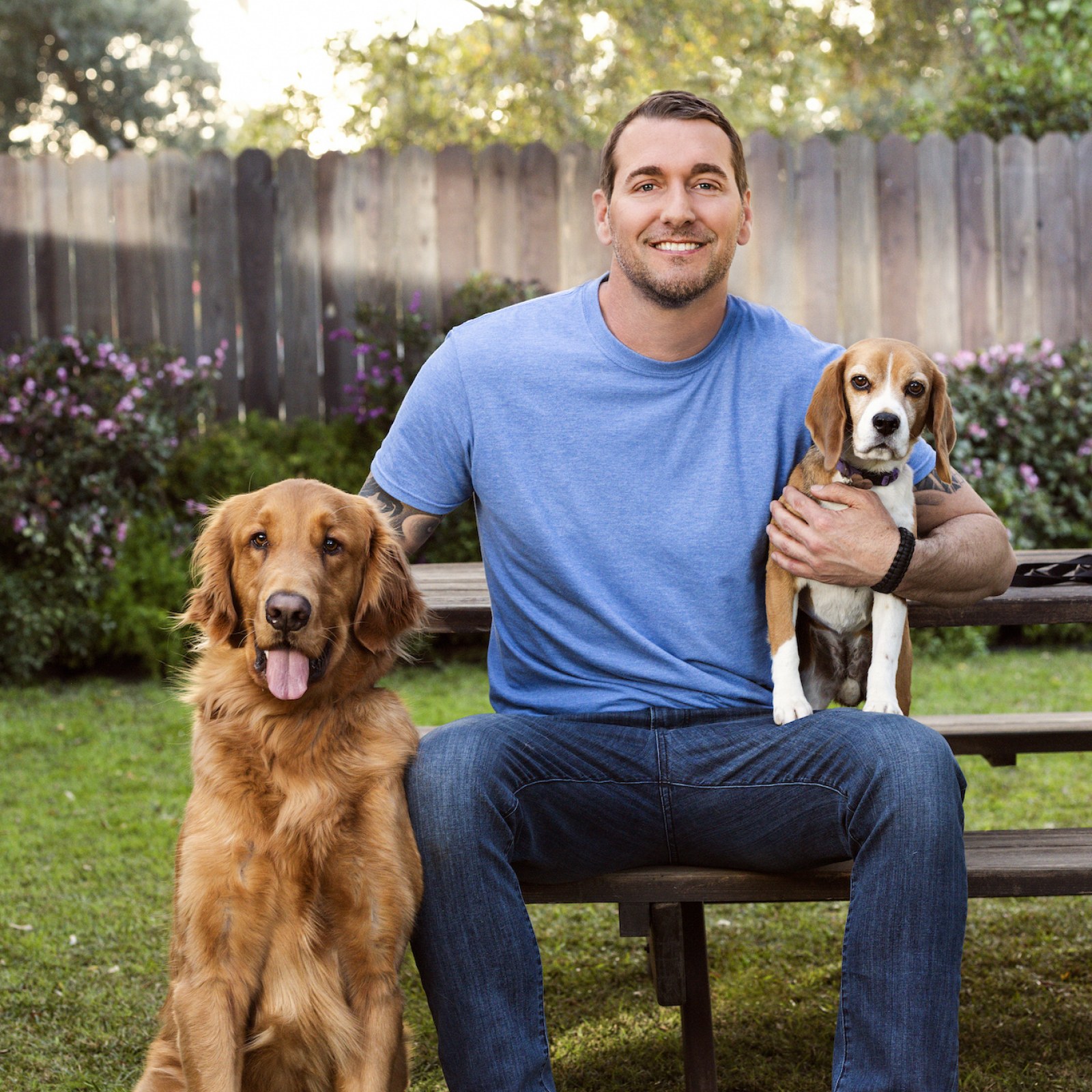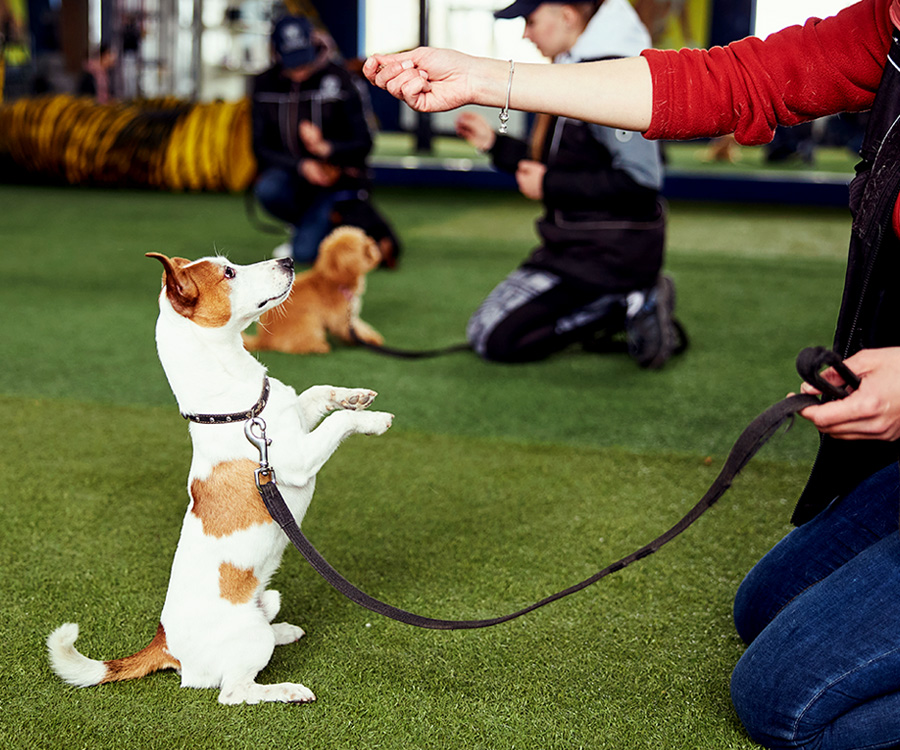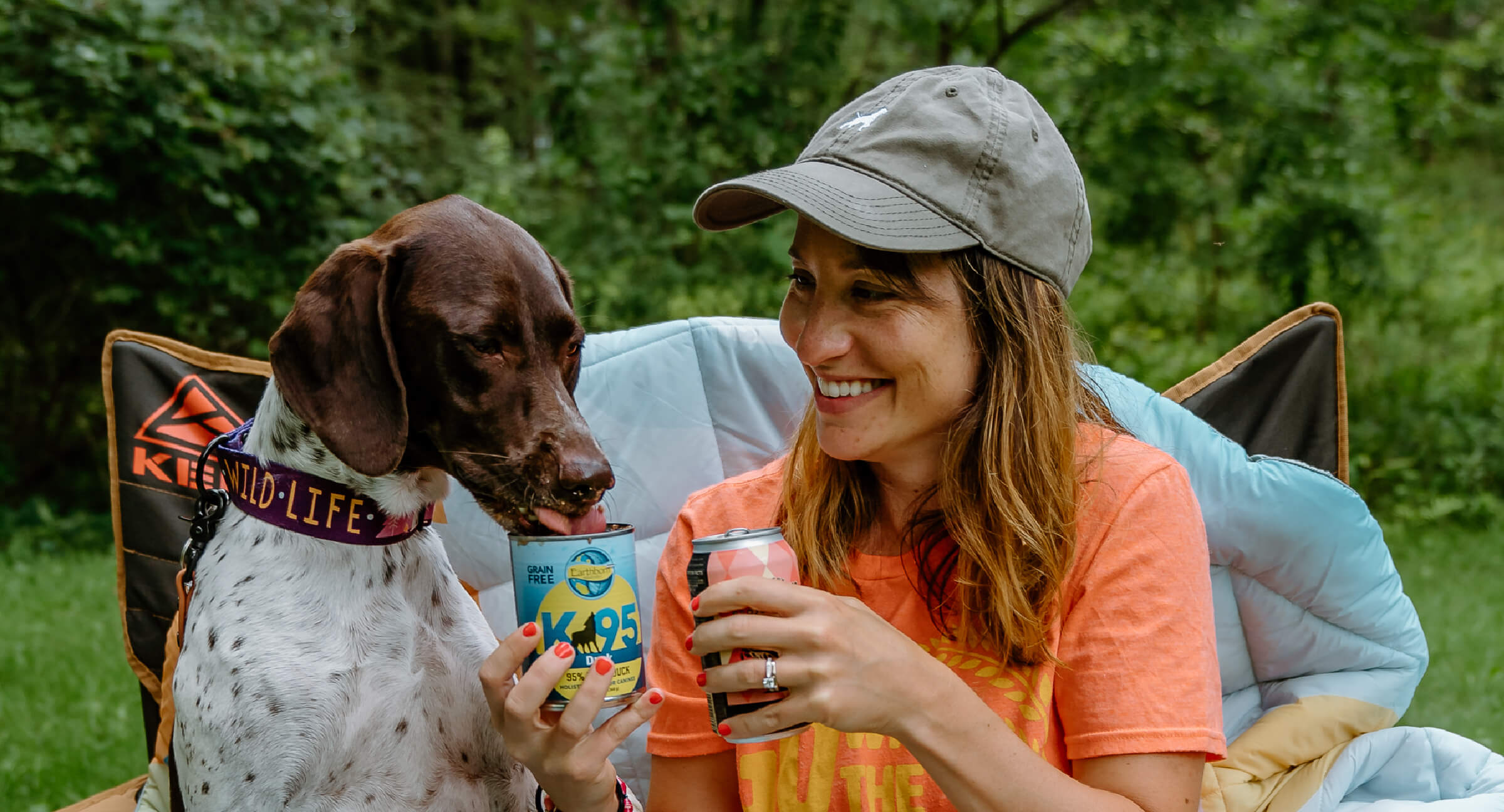The Ultimate Guide to Positive Support in Dog Training
The Ultimate Guide to Positive Support in Dog Training
Blog Article
Important Tips for Successful Dog Training: An Overview for Pet Dog Owners
Reliable pet dog training is a multifaceted procedure that requires a strategic technique tailored to both the family pet's temperament and the proprietor's goals. Recognizing exactly how to browse these challenges can significantly improve the training experience, ultimately changing the relationship in between proprietor and canine.
Recognizing Dog Actions
Understanding pet behavior is necessary for effective training and promoting a harmonious connection in between canines and their proprietors. Pets interact largely through body language, articulations, and actions, making it important for proprietors to interpret these signals precisely. Identifying a canine's position, tail setting, and ear alignment can provide insights right into its psychological state. As an example, a wagging tail does not always show happiness; it can additionally signify exhilaration or stress and anxiety.

Socialization plays a significant role in dog actions; direct exposure to different atmospheres, people, and various other pets can substantially affect a canine's temperament. Factors such as type attributes and private temperament need to direct training methods, as some types may have details behavioral traits that demand customized methods. By understanding these components, owners can develop a supportive setting that motivates favorable behavior, bring about successful training end results and a deeper bond with their pet dogs.
Establishing Regular Commands
Effective interaction with your dog starts with developing constant commands. This fundamental element of training is critical for promoting understanding in between you and your pet. Uniformity in the commands you make use of guarantees that your pet can reliably connect details words or phrases with the wanted behaviors.
When choosing commands, pick clear, distinct words that are simple to claim and differentiate from each other. Prevent making use of similar-sounding commands that might confuse your canine. As an example, making use of "sit" and "stay" is proper, yet "sit" and "hit" might bring about misconceptions.
In addition, keep the same tone and volume for every command. Pet dogs are delicate to singing signs, so differing your tone can create complication.
It is just as important to make certain that all household members are on the very same web page relating to the commands used. A united front in command use will certainly avoid mixed signals and enhance the discovering process.
Favorable Reinforcement Techniques
The power of favorable support in canine training depends on its capacity to motivate desired actions with rewards and appreciation. This technique is based in the principle that actions complied with by favorable end results are more probable to be repeated. By including positive support into your training routine, you can efficiently form your canine's actions in a useful fashion.
To execute favorable reinforcement, it's crucial to determine what encourages your canine, whether it be deals with, toys, or verbal appreciation. When your dog does a desired action, such as resting on command, instantly compensate them with a treat or affection. This organization in between the command and the positive result reinforces their understanding.
It's essential to timing the benefits appropriately; delivering the reinforcement within secs of the wanted behavior assists your pet make the connection (dog training). Additionally, consistency is crucial-- ensure that all relative utilize the same commands and incentive systems to stay clear of complication

Gradually, you can reduce the regularity of deals with as your pet dog learns the habits, transitioning to applaud or recurring incentives. This method not only fosters a strong bond in between you and your pet dog yet likewise advertises a favorable understanding environment, making training recommended you read a pleasurable experience for both.
Socialization and Interaction
Constantly subjecting your pet dog to a selection of settings, individuals, and various other click here for more pets is critical for their social growth. Socializing needs to start early, preferably throughout the important home window of 3 to 14 weeks, when young puppies are most receptive to new experiences. Nevertheless, older canines can likewise benefit from ongoing socialization efforts.
Introduce your dog to different setups, such as parks, pet-friendly shops, and city locations. This exposure helps them adjust to numerous stimulations, minimizing stress and anxiety and worry responses. Urge favorable interactions with other pets and individuals, making sure that these encounters are safe and regulated to cultivate self-confidence.
Make use of structured playdates with genteel pet dogs, as this can enhance your pet dog's social skills and educate them appropriate habits. Obedience courses and training sessions also give outstanding chances for socializing, permitting your pet to communicate with others in a monitored setting.
Display your canine's body movement during communications, as this will assist you determine their comfort level. Gradually increase direct exposure to even more difficult situations while making sure that each experience is positive. A well-socialized pet is more likely to display well balanced habits, making them a happiness to have in any setting.
Dealing With Usual Training Challenges
Every pet dog owner will run into training difficulties at some factor, no matter their canine's age or socialization degree. Identifying common problems such as stubbornness, diversions, and terror can assist in establishing efficient techniques for enhancement.

Progressively introduce disturbances as the pet dog becomes extra efficient in commands. Short, regular training sessions are additionally reliable in preserving useful source attention.
Fearfulness can hinder a dog's discovering process. Progressive desensitization to the source of fear, combined with positive support, can assist relieve stress and anxiety. Perseverance is essential; never require a dog into a circumstance that creates distress, as this may aggravate the issue.
Inevitably, understanding and addressing these common obstacles with a structured strategy will certainly foster a more effective training experience, reinforcing the bond in between pet and proprietor while promoting effective understanding.
Conclusion
In recap, effective canine training counts on a comprehensive understanding of canine habits, the facility of constant commands, and the application of favorable support methods. Socializing plays an essential role in establishing well-adjusted family pets, while addressing common training difficulties needs patience and versatility. By carrying out these necessary strategies, animal proprietors can cultivate a solid bond with their dogs and advertise desirable habits, ultimately resulting in an unified connection in between human beings and their canine friends.
Understanding canine actions is vital for effective training and promoting an unified partnership in between canines and their proprietors.Socializing plays a substantial function in dog habits; direct exposure to various settings, people, and various other animals can considerably impact a pet dog's personality.The power of positive support in pet dog training exists in its capability to urge wanted behaviors through benefits and praise. By integrating positive support right into your training routine, you can efficiently form your pet's actions in a constructive fashion.
In summary, effective dog training relies on a detailed understanding of canine actions, the facility of constant commands, and the application of positive reinforcement strategies.
Report this page